Additional notes (click to expand)
Horticulture
Daphnes have a short lifespan of 15 -20 years. Root readily from cuttings taken in late spring or summer. When potting on (to help plants through their first winter) use a layer of grit around the rooted plug and pot into a 1 litre pot to allow roots to grow throiugh the grit into a free-draining compost.
Kimberley M. (2014) Horticulture Week 24/01/14 p.22
They have a delicate, long, straggly root system with few feeder roots at the ends, so they have a low tolerance for drought, waterlogging or being moved. Soil must be well drained and moisture retentive.
Kimberley M. (2014) Horticulture Week 24/01/14 p.22
Medicinal
The juice of the roots, combined with molasses, is used in the treatment of fevers and intestinal problems
http://www.pfaf.org, Manandhar. N. P. Plants and People of Nepal Timber Press. Oregon. 2002
Other use
*Daphne bholua Buch.-Ham. ex D.Don Thymelaeaceae Nepalese paper plant. Daphne was the nymph turned into a laurel to avoid being chased by Apollo. Bholua probably from the Nepalese name 'baruwa'. This cultivar has the RHS Award of Garden Merit as it is floriferous and hardier than others. 'Jacqueline Postill' Distribution: Nepal to Southern China. Bark used to make paper.
Oakeley, Dr. Henry F. (2013). Wellcome Library notes.
link
Toxicity
All parts are highly toxic if ingested and sap may irritate skin
RHS Horticultural database https://www.rhs.org.uk/Plants/97343/i-Daphne-bholua-i-Jacqueline-Postill/Details
link
All parts of the plant are toxic to humans and animals due to alkaloids and saponins. The plant can irritate skin and may cause skin allergies.
Professor Anthony Dayan, 2022
Geographical distribution
- Asia-Temperate, China
- Asia-Tropical, Indian Subcontinent, Bangladesh
- Asia-Tropical, Indian Subcontinent, India
- Asia-Tropical, Indian Subcontinent, Nepal
- Asia-Tropical, Indo-China, Myanmar
Daphne bholua 'Jacqueline Postill'
Family: THYMELAEACEAEGenus: Daphne
Species: bholua
Cultivar: 'Jacqueline Postill'
Common names: Nepalese Paper Plant
Distribution summary: Eurasia
Habit: Shrub
Hardiness: H5 - Hardy; cold winter
Garden status: Currently grown
Garden location: Plants of the World (C)
Flowering months: January, February
Reason for growing: Medicinal, toxic
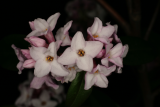
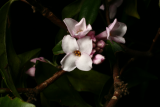


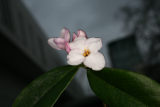
.JPG)
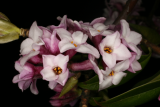

.JPG)
.JPG)
.JPG)

.jpg)
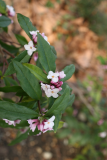
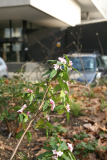
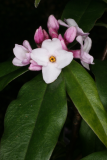
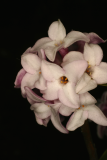
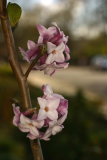
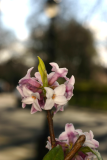
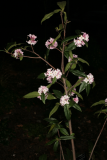
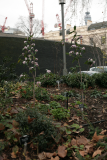

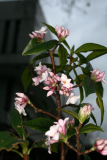
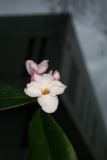
.JPG)
.JPG)

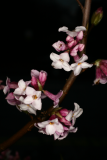
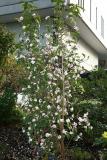
.JPG)